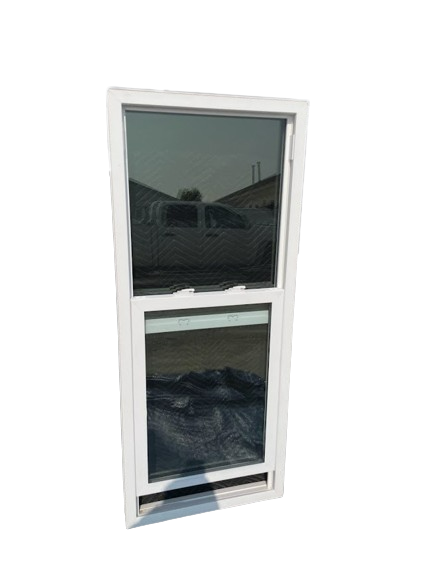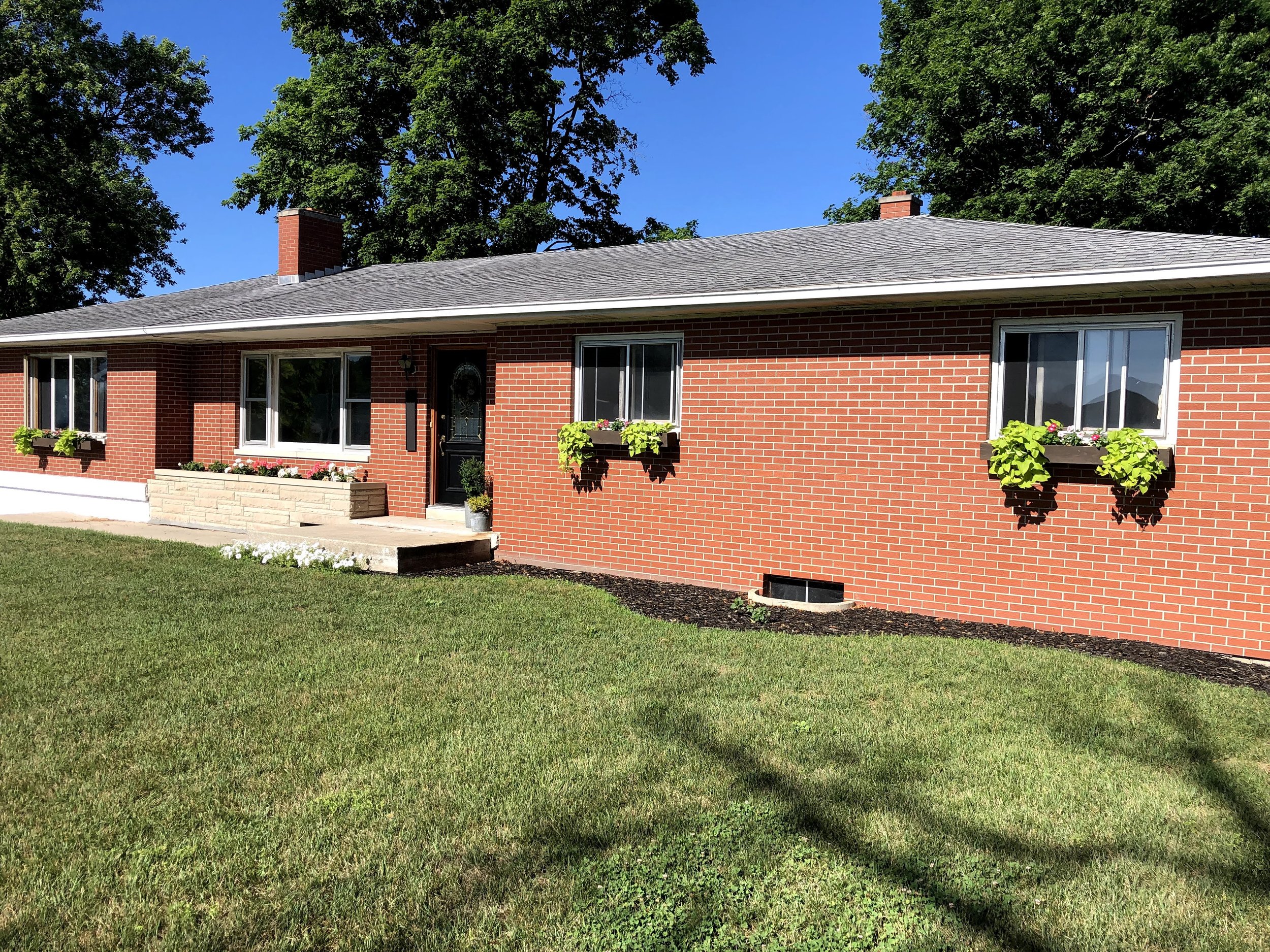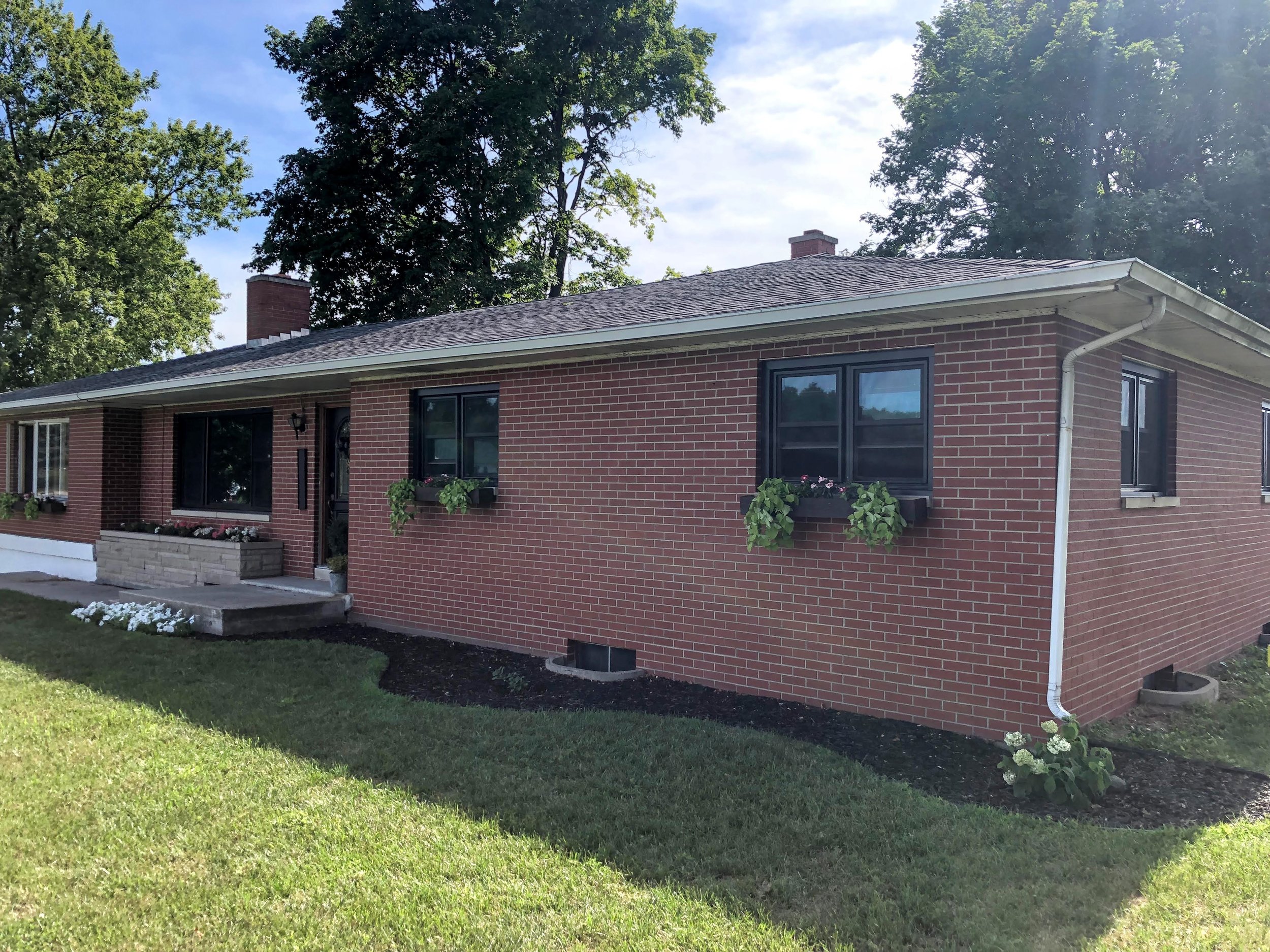Double Hung
Picture
Shaped windows
Octagons, Triangles, Trapezoid picture windows
Single Hung
Casements
Double Slider
Awning Casements
Single Slider
Basement windows/ Hoppers
All our windows are available in Adobe and white.
Also offering products from
Classee Vinyl Windows
PCA Products
Replacement vinyl windows offer several advantages:
Energy Efficiency: Vinyl windows have excellent insulating properties, helping to reduce heat transfer between the interior and exterior of a building. This can lead to lower heating and cooling costs by minimizing air leakage and improving overall energy efficiency.
Low Maintenance: Vinyl windows are highly durable and require minimal maintenance compared to other window materials like wood. They are resistant to rotting, peeling, and fading, so they do not need to be painted or stained. Cleaning vinyl windows is also easy and typically involves simple soap and water.
Cost-Effective: Vinyl windows are generally more affordable than windows made from materials like wood or fiberglass. Their lower upfront cost, combined with their energy-efficient properties, can lead to long-term savings on utility bills.
Variety of Styles and Designs: Vinyl windows come in a wide range of styles, sizes, and colors to suit various architectural designs and personal preferences. Whether you prefer double-hung, casement, sliding, or custom-shaped windows, vinyl offers flexibility in design options.
Noise Reduction: Vinyl windows have good sound insulation properties, helping to reduce external noise pollution and creating a quieter and more peaceful indoor environment.
Moisture Resistance: Vinyl is highly resistant to moisture, making it an ideal choice for windows in areas with high humidity or exposure to water, such as bathrooms or coastal regions. Vinyl windows do not warp, swell, or corrode when exposed to moisture.
Improved Home Value: Upgrading to vinyl windows can enhance the curb appeal and overall value of a home. Modern, attractive windows can make a significant difference in the aesthetics of a property, attracting potential buyers and potentially increasing its resale value.
Environmental Friendliness: Vinyl windows are recyclable, meaning they can be repurposed at the end of their lifespan. Additionally, their energy efficiency can contribute to reducing carbon emissions by decreasing reliance on heating and cooling systems.
In summary, replacement vinyl windows offer energy efficiency, low maintenance requirements, cost-effectiveness, design versatility, noise reduction, moisture resistance, improved home value, and environmental benefits.
A typical replacement vinyl window installation involves the following steps:
Measurement and Ordering: The first step is to accurately measure the existing window opening to determine the dimensions for the replacement window. Once the measurements are obtained, the appropriate vinyl window is ordered from a manufacturer or supplier.
Removal of Old Window: The existing window, including the frame, sashes, and any hardware, is carefully removed. The area around the window is prepared by clearing debris and ensuring a clean and level surface.
Preparation of Opening: The window opening is inspected for any damage or rot. Any necessary repairs or modifications are made to ensure a secure and proper fit for the replacement window. This may involve replacing damaged wood or repairing the window frame.
Installation of New Window: The replacement vinyl window is carefully positioned in the opening. The window is leveled and squared to ensure proper alignment. The window is then secured in place using screws through the frame.
Insulation and Weatherproofing: We typically use expanding spray foam around the window frame to improve energy efficiency and reduce air leakage. Exterior caulking or weatherstripping is applied to seal any gaps between the window frame and the wall, preventing drafts and water infiltration.
Trim and Finishing: Interior and exterior trim pieces are installed around the window to provide a clean, finished look. These trim pieces can be made of various materials, such as vinyl or wood, and are often customized to match the aesthetic of the home.
Testing and Adjustments: Once the window is installed and trimmed, it is tested to ensure smooth operation. The window is opened and closed to check for proper functionality, and any adjustments are made as necessary.
Clean-Up: The work area is cleaned up, and any debris or leftover materials are removed. The interior and exterior of the window are also cleaned to provide a neat and polished appearance.
It's important to note that the specific installation process may vary depending on factors such as the type and size of the window, the condition of the existing opening, and any additional customization or features involved.




















